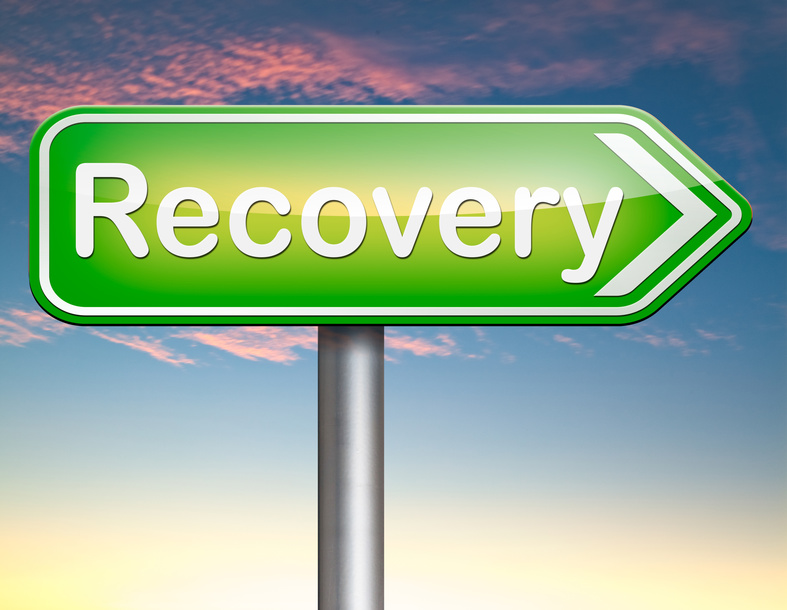With most companies’ operations today being fully dependent on their computer networks operating smoothly, have you asked yourself what would happen in a worst-case scenario? How quickly could your business get up and running again after a disaster? Here’s 3 critical steps to ensure that your business will never be down-and-out for long.
- Cloud and Local Backups: “Cloud” is one of those terms that gets thrown around a lot, but what does it mean? Simply put, it refers to services accessible via the internet, stored across several or many servers in various physical locations. Cloud Backup, then, stores your data off-site, able to be accessed from anywhere with an internet connection. Backing up data locally has long been the strategy for businesses, and in simple cases it works well: a folder gets deleted, the local copy gets restored. But in the event of a disaster, it’s vital that data is stored somewhere other than the company site. Cloud backups, in conjunction with local backups, provide the necessary redundancy to guarantee your business can be back up and running smoothly, quickly and easily.
- Virtualization: Much like cloud backups can provide peace of mind by making your data accessible from anywhere, at any time, virtualization provides data redundancy outside the physical server. If you’re running physical installations of servers, and something goes wrong on one, it can be days or weeks before the server is rebuilt. By virtualizing servers, each business-critical application and process can be independent from any particular physical server. Combined with cloud backups, these servers can then be restored in a matter of minutes on any server-grade equipment, anywhere with an internet connection.
- Security: While natural disaster can be a major source of interruption, malicious hacking can be just as potentially catastrophic. Depending on your industry, a data breach can mean anything from bad PR to fines, lawsuits, and in worst-case scenarios, closure. By maintaining a constant, comprehensive view of your network and implementing tools to prevent against attacks, you can sleep soundly knowing your data and network is secure.
How many steps have you taken to protect your business? Contact us today to talk about business continuity and how to protect your network and your data.







